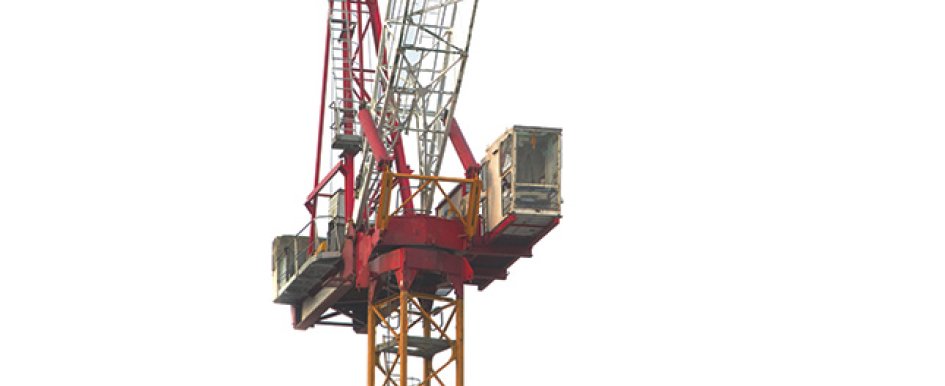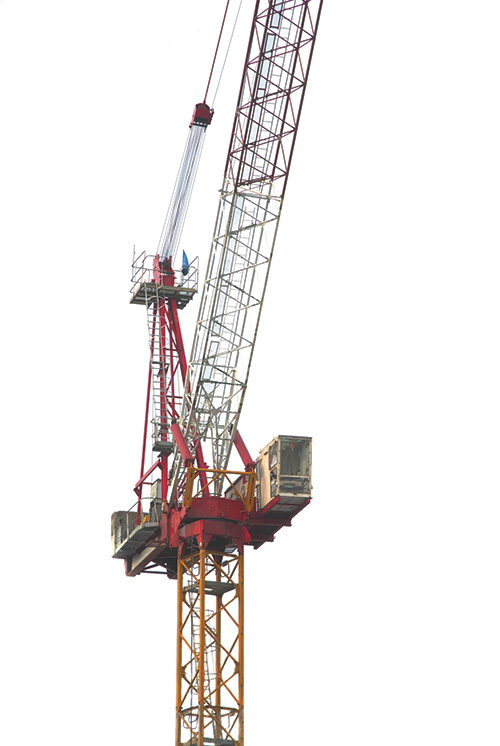
As discussed in the first installment of this four-part series, new federal regulations regarding cranes in construction expand OSHA’s ability to apportion fault to almost any contractor on a jobsite where a major crane accident occurs. To fully understand the expanded scope of the OSHA crane standard, one must know how these regulations originated.
Formation of “C-DAC”
The new rule, 29 CFR 1926 Subpart CC, was born out of the Cranes and Derricks Negotiated Rulemaking Advisory Committee (C-DAC). In 2002, OSHA assembled C-DAC with representatives from contractors, manufacturers, rigging suppliers, organized labor, safety professionals, insurance representatives and government personnel. C-DAC’s goal was to develop regulations that were supported by the group’s consensus, which was defined as “when not more than two non-federal members dissented on an issue.”
The 40-plus pages of regulations (1926.1400 through 1926.1442) replace the approximately 15 pages of the former rule (1926.550), published in 1971. The majority of the expansion of the new rule addresses crane-related jobsite activities having, if improperly performed, the most exposure for accidents—in particular, faulty ground conditions, working near power lines, erecting and dismantling cranes, and the qualifications and training of rigger signal persons and operators.
The result of more than 10 years of work, this new rule affects nearly every facet of the lifting industry in some manner. Most of its provisions, including much of the inspection, maintenance and training requirements, became effective Nov. 8, 2010.

C-DAC defined items covered in the rule to include “all power-operated equipment—when used in construction—that can hoist, lower and horizontally move a suspended load.” This includes all types of mobile, tower and overhead cranes, including mobile, gantry cranes, articulating knuckle boom cranes when used in certain applications, and less traditional equipment such as pipelayers and sideboom cranes. Generally, if heavy equipment that is specifically designed to move and lift a suspended load is used in construction, it should be included in the scope of 1926 subpart CC.
Many people familiar with the crane industry feel that C-DAC did a thorough job, particularly considering that the changes are an extensive overhaul of the previous OSHA crane regulations. C-DAC took a common-sense approach to finding practical solutions across a broad spectrum of construction trades involved with cranes to achieve one overriding objective: to create an environment where construction workers can go home each day the way they came to work.
Controlling Entity Impact
One of the rule’s most serious new provisions relates to the obligations of the “controlling entity,” typically the general contractor. This provision particularly relates to determining who is technically responsible for ensuring that the ground conditions are adequate for the size, weight and lifting capacity of the crane on a construction jobsite.
The revised emphasis by OSHA on controlling entity responsibilities for ground conditions represents a material alteration in their enforcement capabilities by going beyond its traditional role of holding only the employer of an injured worker accountable for unsafe working conditions. The new controlling entity designation as relates to proper ground conditions expands responsibility to any other contractor involved in ensuring adequate ground conditions to support the crane’s weight and lifting capacity. Therefore, general contractors and excavator and related underground utility contractors can now be targeted by OSHA when faulty ground conditions contribute to the proximate cause of a crane accident.
OSHA’s Small Entity Compliance Guide For Final Rule for Cranes and Derricks in Construction, Section 1402—Ground Conditions, distinguishes the importance of establishing proper ground conditions when working with cranes:
Importance of Ground Conditions
- Adequate ground conditions are essential for safe crane operations, because the crane’s capacity and stability depend on such conditions being present. BASIC RULE: You must not assemble or use a crane unless ground conditions are firm, drained and graded to a sufficient extent so that, in conjunction (if necessary) with the use of supporting materials (such as blocking, mats, cribbing, or marsh buggies [in marshes/wetlands]), the equipment manufacturer’s specifications for adequate support and degree of level of the equipment are met. The requirement for the ground to be drained does not apply to marshes/wetlands.
Responsibilities of Controlling Entity
- A contractor operating a crane on a construction site may not have the ability or authority to provide for adequate ground conditions at the site. The standard, therefore, places the responsibility for ensuring that the ground conditions are adequate on the “controlling entity” at the site, that is the prime contractor, general contractor, construction manager or other legal entity with overall responsibility for the project’s planning, quality and completion.
- The controlling entity must also inform the user and operator of the equipment of hazards beneath the equipment setup area (such as voids, tanks, utilities) if those hazards are identified in documents (such as site drawings, as-built drawings and soil analyses) in the possession of the controlling entity (whether at the site or off-site) and of any other hazards known to the controlling entity.
This represents a significant expansion of OSHA enforcement authority in regulating safety conditions to a broader segment of construction trades, as compared to the former crane standard that held only the crane operator responsible for ground conditions.
The ultimate interpretation of the controlling entity’s obligations (and responsibility) for ground conditions underfoot of a crane on a jobsite will be determined in new case law as major accidents are litigated.
Fred Dawson, senior vice president of McGriff, Seibels & Williams Inc. Construction Risk Services and highly recognized crane industry insurance expert, commented on the new standard:
“Faulty ground conditions have contributed to many major accidents over my 25 years insuring cranes. Now that the GCs and other contractors will share responsibility with crane owners for ground conditions, I would forecast that there will be increased safety awareness that may prevent accidents and, as importantly, increase fairness for crane owners who can be exonerated in litigation due to the GC’s ultimate responsibility.”
We will cover additional key aspects of the new OSHA Crane Standards including rigger/signal person, assembly/disassembly and power line hazard control requirements in the next two articles of our four-part series. But one thing is clear: Many questions still linger about interpretation. However, crane works are essential to construction, and the new OSHA rules create a “more level playing field” for all trades to be protected from the inherent exposure of crane operations in construction projects.
The newly defined shared responsibilities for safety on a construction jobsite are designed to increase accountability and provide a safer working environment—and the new rule is long overdue.
